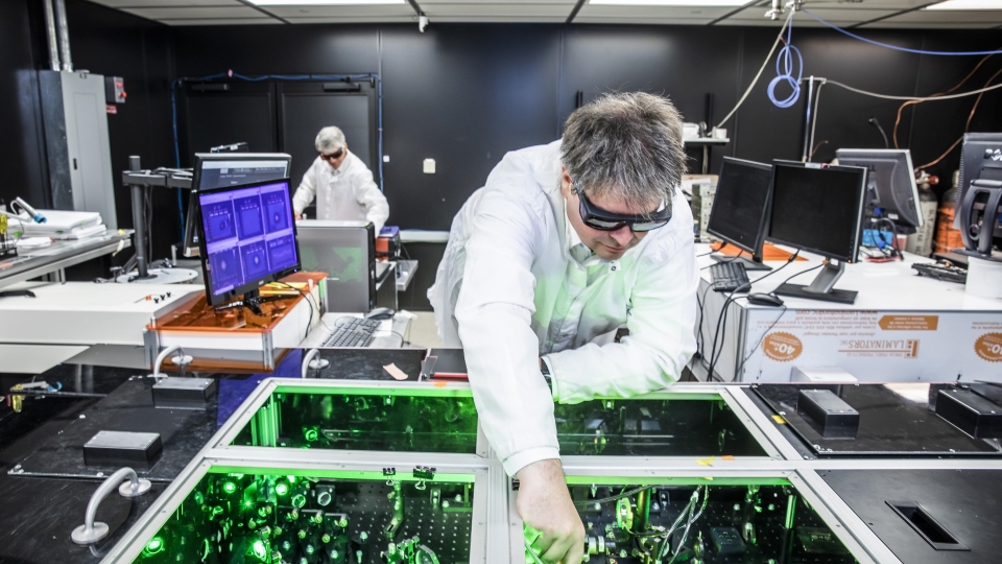TAU set to democratise access to the ultraverse
Companies and universities could have access to X-ray Free-Electron Lasers (XFEL) by 2027, an advance that would give them unprecedented access to, and understanding of, interactions taking place in the so-called ultraverse.

Ultraverse is a term coined by US company TAU Systems whose XFEL and laser-driven particle accelerator solutions will provide access to ultra-small objects evolving under ultra-fast and powerful conditions.
The European XFEL is 3.4km long and was built at a cost of €1.25bn. According to company CEO Bjorn Manuel Hegelich, a professor at the University of Texas at Austin, TAU is developing a scalable solution from ‘small room sized for the easier applications to…factory hall sized for the more complicated ones.’
With this, TAU expects to democratise access to facilities that are normally off limits to most. “If you are a company and you want to get time at an XFEL you can’t,” he told The Engineer. “The only way to get time is to be in a very recognised, reputable research collaboration and to write an access proposal which gets evaluated by a committee, and then you may or may not get time.”
Register now to continue reading
Thanks for visiting The Engineer. You’ve now reached your monthly limit of news stories. Register for free to unlock unlimited access to all of our news coverage, as well as premium content including opinion, in-depth features and special reports.
Benefits of registering
-
In-depth insights and coverage of key emerging trends
-
Unrestricted access to special reports throughout the year
-
Daily technology news delivered straight to your inbox










Water Sector Talent Exodus Could Cripple The Sector
Maybe if things are essential for the running of a country and we want to pay a fair price we should be running these utilities on a not for profit...